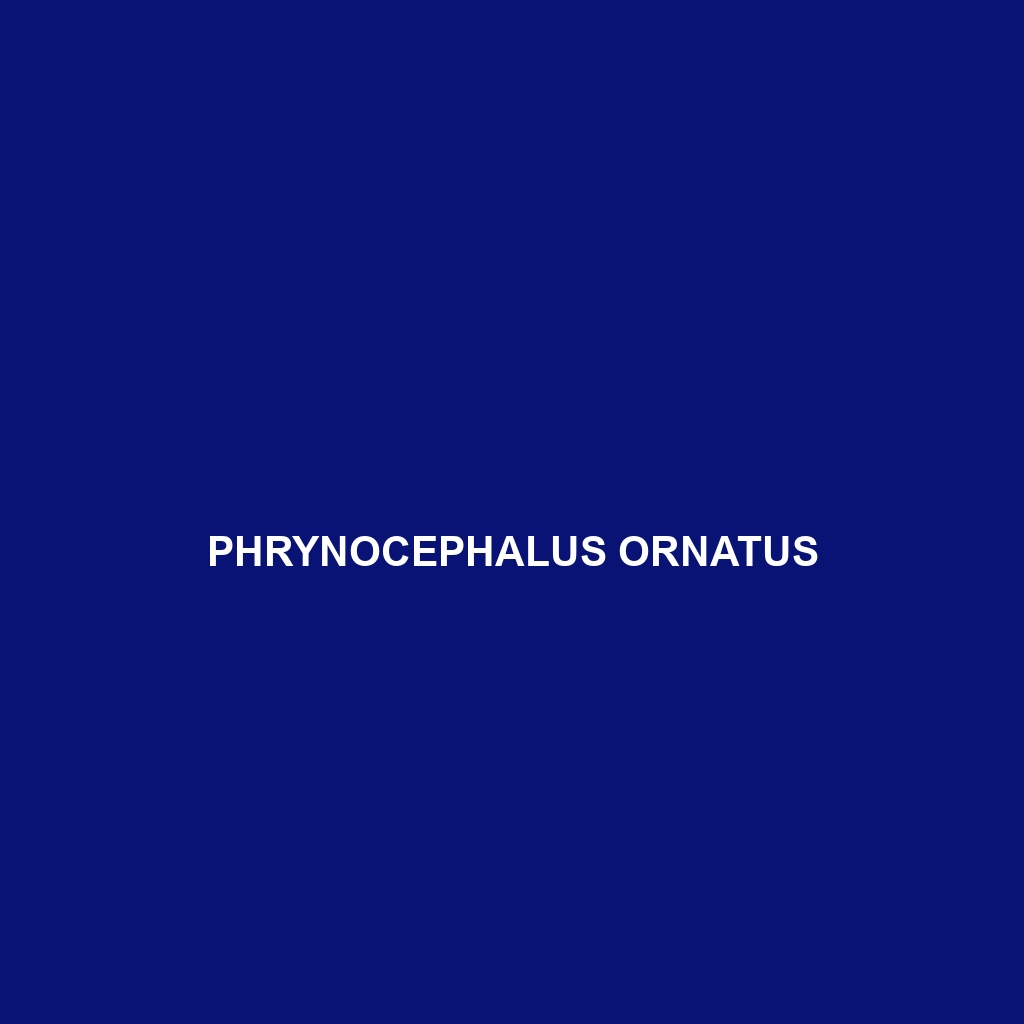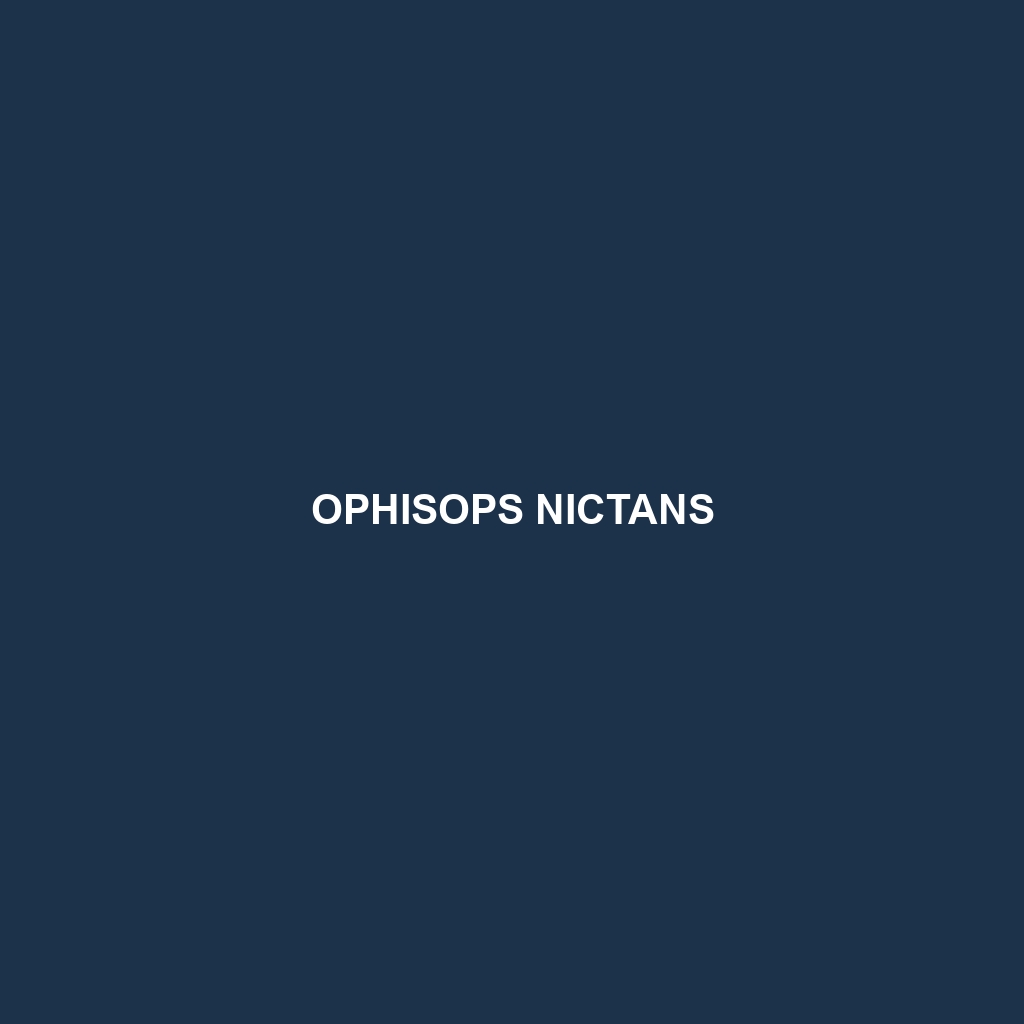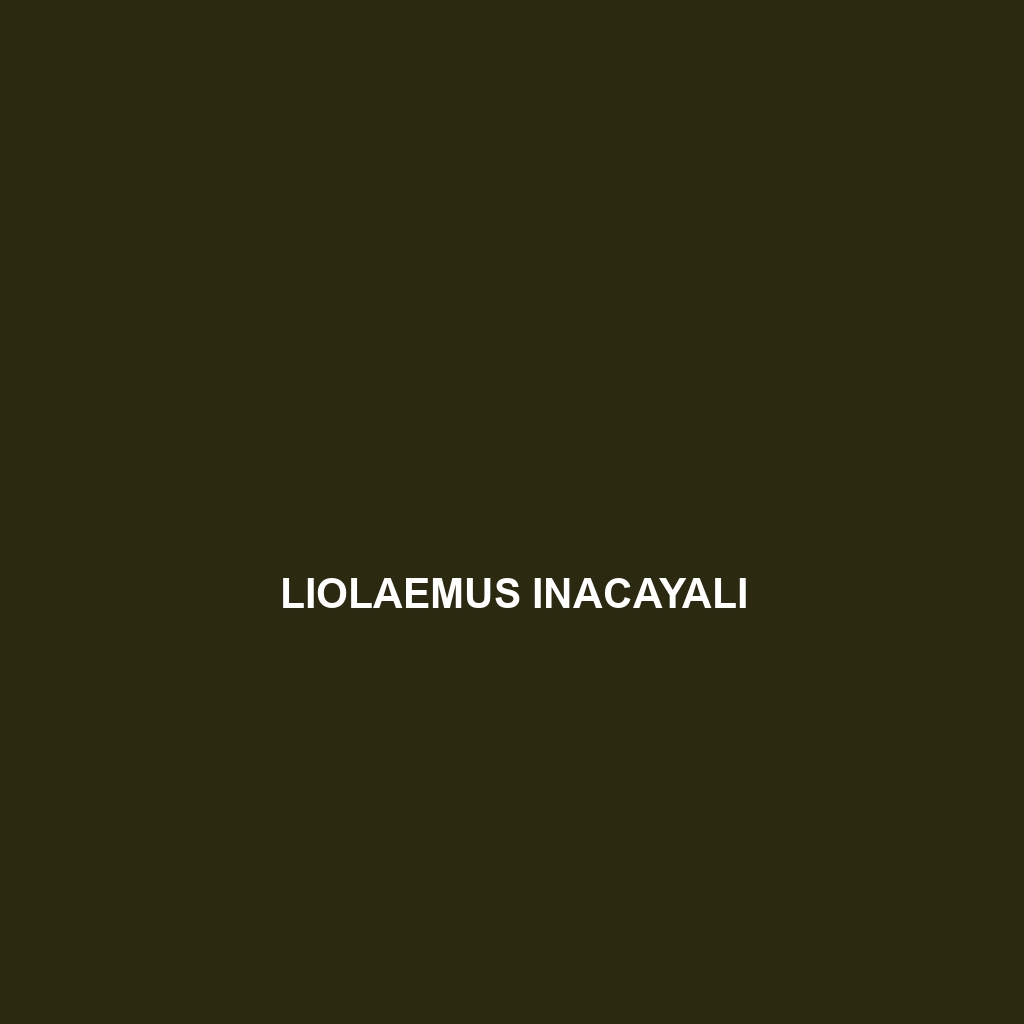Discover the Tuwaiq Agama (<i>Pseudotrapelus tuwaiqensis</i>), a medium-sized lizard native to the Arabian Peninsula, known for its striking blue and black coloration in males, adaptability to arid habitats, and crucial role in controlling insect populations. With diurnal habits and fascinating social behaviors, this resilient reptile thrives in rocky terrains, showcasing its unique adaptations to desert life.
Tag: climate adaptation in reptiles
Pseudotrapelus tuwaiqensis
Discover the Tuwaiq Agama (<i>Pseudotrapelus tuwaiqensis</i>), a medium-sized lizard native to the Arabian Peninsula, known for its striking blue and black coloration in males, adaptability to arid habitats, and crucial role in controlling insect populations. With diurnal habits and fascinating social behaviors, this resilient reptile thrives in rocky terrains, showcasing its unique adaptations to desert life.
Phymaturus patagonicus
<p><b>Phymaturus patagonicus</b>, also known as the Patagonian lizard, is a robust, insectivorous reptile native to the arid regions of Patagonia, Argentina. Measuring 15 to 25 centimeters, it features distinctive coloration for camouflage, exhibits fascinating territorial behaviors, and plays a vital ecological role by controlling insect populations and serving as prey for birds of prey.</p>
Phrynocephalus ornatus
Phrynocephalus ornatus, commonly known as the ornate toad-headed agama, is a resilient lizard native to the arid deserts and steppes of Central Asia. Known for its flattened body, vibrant coloration, and distinctive spade-like snout, this insectivorous species showcases unique behaviors and plays a vital role in its ecosystem, controlling insect populations while serving as prey for larger predators.
Ophisops nictans
Discover the captivating Eastern Green Lizard (Ophisops nictans), a vibrant species native to Southeast Europe, known for its agility, distinctive green-brown coloration, and diverse habitats, from temperate forests to urban green spaces. With a diet primarily consisting of insects and a unique ability to regenerate its tail, this lizard plays a vital role in maintaining ecological balance.
Oedura murrumanu
Introducing the Oedura murrumanu, a medium-sized gecko native to Northern Australia's rocky outcrops, recognized for its distinctive flattened body, large bulbous eyes, and nocturnal behavior. This resilient species plays a crucial role in its ecosystem by controlling insect populations and serves as prey for various predators, highlighting its ecological importance.
Naja annulifera
Discover the fascinating Angolan cobra (Naja annulifera), a slender and adaptable serpent native to Southern Africa, known for its impressive hood display, varied diet including small mammals and birds, and critical role in maintaining ecosystem balance. With a distinctive coloration ranging from brown to olive green, this daytime hunter thrives in diverse habitats, showcasing remarkable behaviors and a unique reproductive strategy that contributes to its survival.
Liolaemus inacayali
The Liolaemus inacayali, also known as the Inacayali lizard, is a vulnerable species native to the temperate forests and grasslands of Argentina's Andes, characterized by its elongated body, vibrant dewlap, and insectivorous diet. This diurnal lizard exhibits unique adaptations for survival in harsh climates, including burrowing behaviors and incredible camouflage capabilities.
Asaccus iranicus
Discover the Iranian leaf-toed gecko (<i>Asaccus iranicus</i>), a vulnerable species known for its sandy beige coloration and nocturnal, insectivorous behavior. Found in rocky outcrops of Iran's mountainous regions, this agile gecko plays a crucial role in controlling insect populations and thrives in environments with ample hiding spots.
Anolis subocularis
Discover the vibrant Anolis subocularis, or subocular anole, a medium-sized lizard native to the humid tropical forests of Central America, known for its agile climbing abilities and striking color-changing capabilities. This insectivorous species plays a vital role in maintaining ecological balance by controlling insect populations and features unique territorial behaviors during the breeding season.









